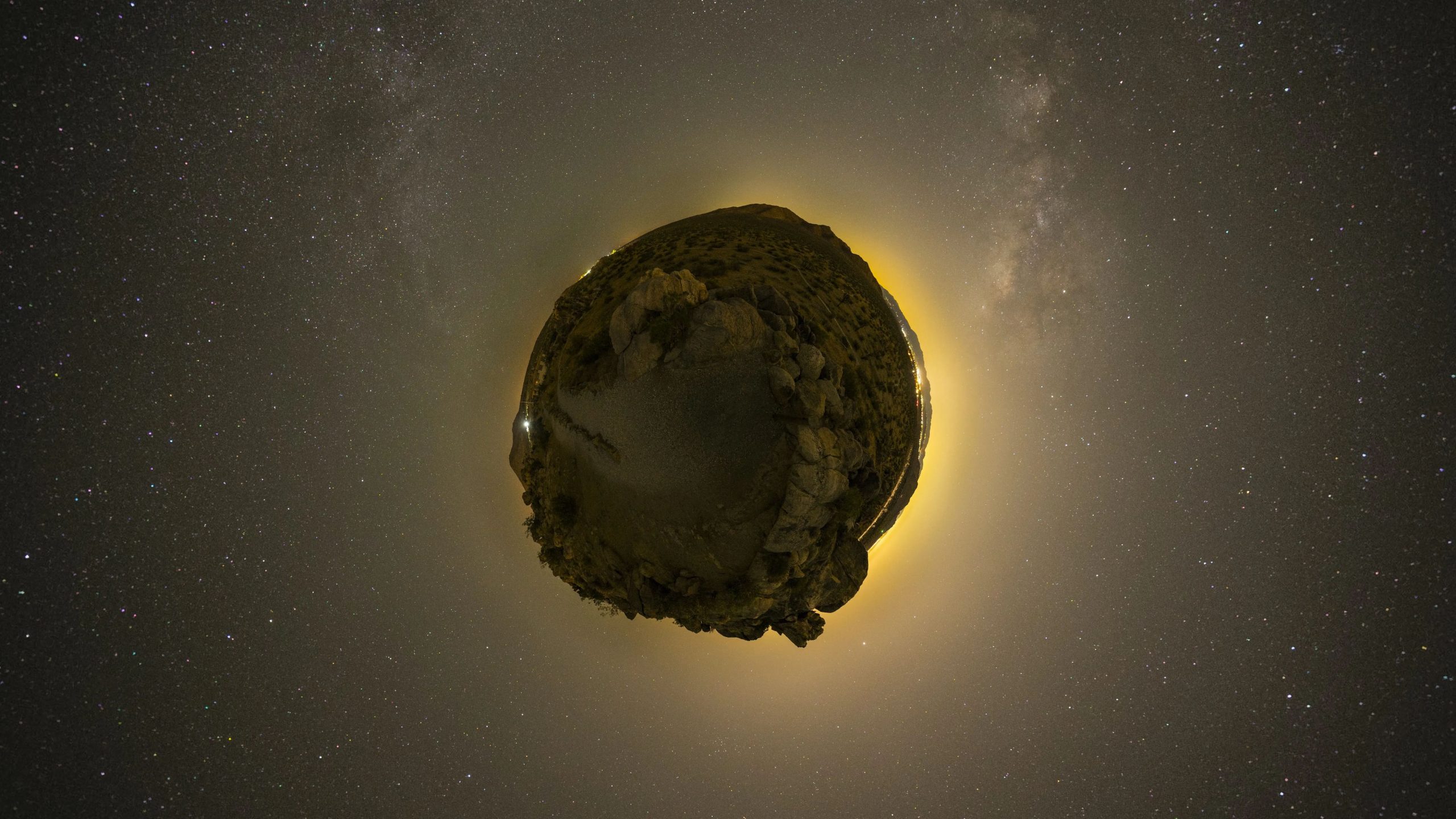An asteroid approximately 4,500 feet (1.4 kilometre) in diameter will make its closest approach to Earth at least for the next 65 years on Saturday before embarking on its highly elliptical orbit around the Sun.
Even though US space agency NASA has classified the asteroid as potentially hazardous, it will pass the Earth from a distance nine times that of between Earth and the Moon at more than 94,208 kilometre (58,000 miles) per hour.
ALSO READ: Blue Moon: When, where and how to watch this rare phenomenon
Asteroid 2016 AJ193 was first spotted by the Panoramic Survey Telescope and Rapid Response System (Pan-STARRS) facility at Haleakala Observatory, Hawaii, in January 2016. NASA then used the NEOWISE spacecraft to observe its orbital track. Aside from its very dark appearance, not much is known about the rotation period, pole direction, and spectral class of Asteroid 2016 AJ193.
A NASA orbital simulation shows that 2016 AJ193 briefly passes inside the orbit of Venus when it comes closest to the sun before swinging out further than the orbit of Jupiter.
ALSO READ: Teardrop-shaped star discovered 1,500 lightyears from Earth
Astronomers will be able to watch asteroid, which is larger than, say, the Empire Building in US, move past Earth in its orbit using telescopes.
NASA’s Center for Near-Earth Object Studies (CNEOS ) classifies an asteroid as potentially hazardous depending on its proximity to Earth, size and a number of other factors. CNEOS says its aware of nearly 27,000 near-Earth asteroids, out of which a 1,000 are thought to be more than 1 kilometer (3,280 feet) in size.
CNEOS states that “the threat to any one person from auto accidents, disease, other natural disasters and a variety of other problems is much higher than the threat from NEOs (Near Earth Objects).”
But that hasn’t stopped scientists from considered using nuclear weapons against asteroids if they venture too close to our planet.
NASA’s Double Asteroid Redirection Test (DART) spacecraft will demonstrate technology capable of asteroid deflection during its expected launch later this year.







